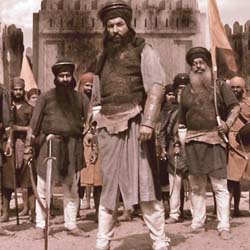
Visual effects are often integral to a movie’s story and appeal. Although most visual effects work is completed during post-production, it usually must be carefully planned and choreographed in pre-production and production. Visual effects primarily executed in Post-Production, with the use of multiple tools and technologies such as graphic design, modeling, animation and similar software, while special effects such as explosions and car chases are made on set. A visual effects supervisor is usually involved with the production from an early stage to work closely with production and the film’s director design, guide and lead the teams required to achieve the desired effects.
Visual effects may be divided into at least four categories:
- Matte paintings and stills: digital or traditional paintings or photographs which serve as background plates for keyed or rotoscoped elements.
- Live-action effects: keying actors or models through bluescreening and greenscreening.
- Digital animation: modeling, computer graphics lighting, texturing, rigging, animating, and rendering computer-generated 3D characters, particle effects, digital sets, backgrounds.
- Digital effects (commonly shortened to digital FX or FX) are the various processes by which imagery is created and/or manipulated with or from photographic assets. Digital effects often involve the integration of still photography and computer generated imagery (CGI) in order to create environments which look realistic, but would be dangerous, costly, or simply impossible to capture in camera. FX is usually associated with the still photography world in contrast to visual effects which is associated with motion film production.
